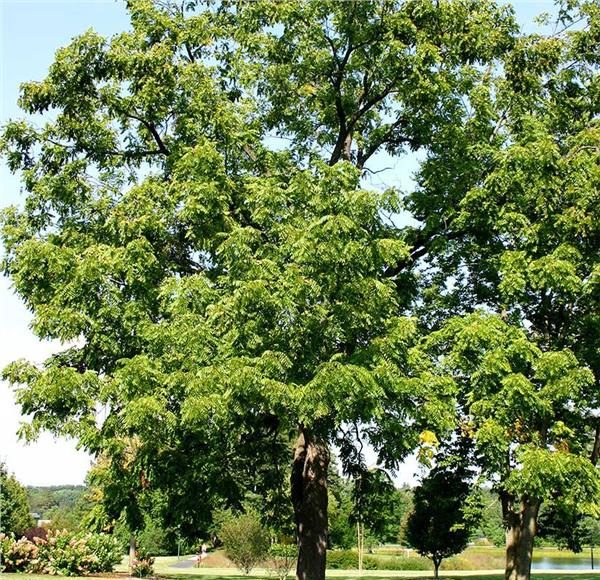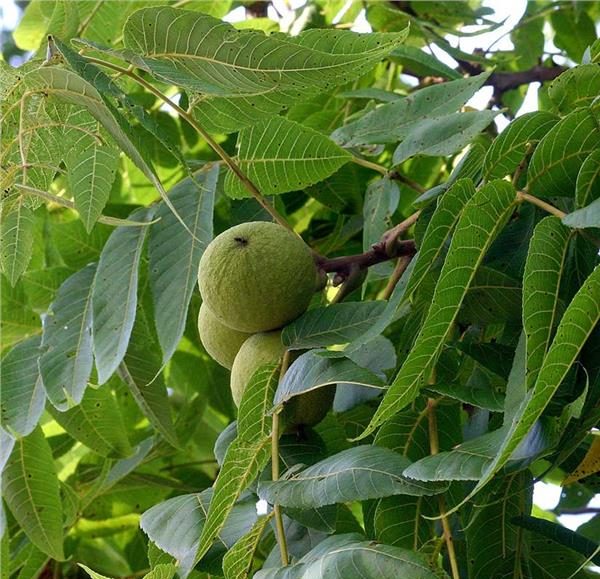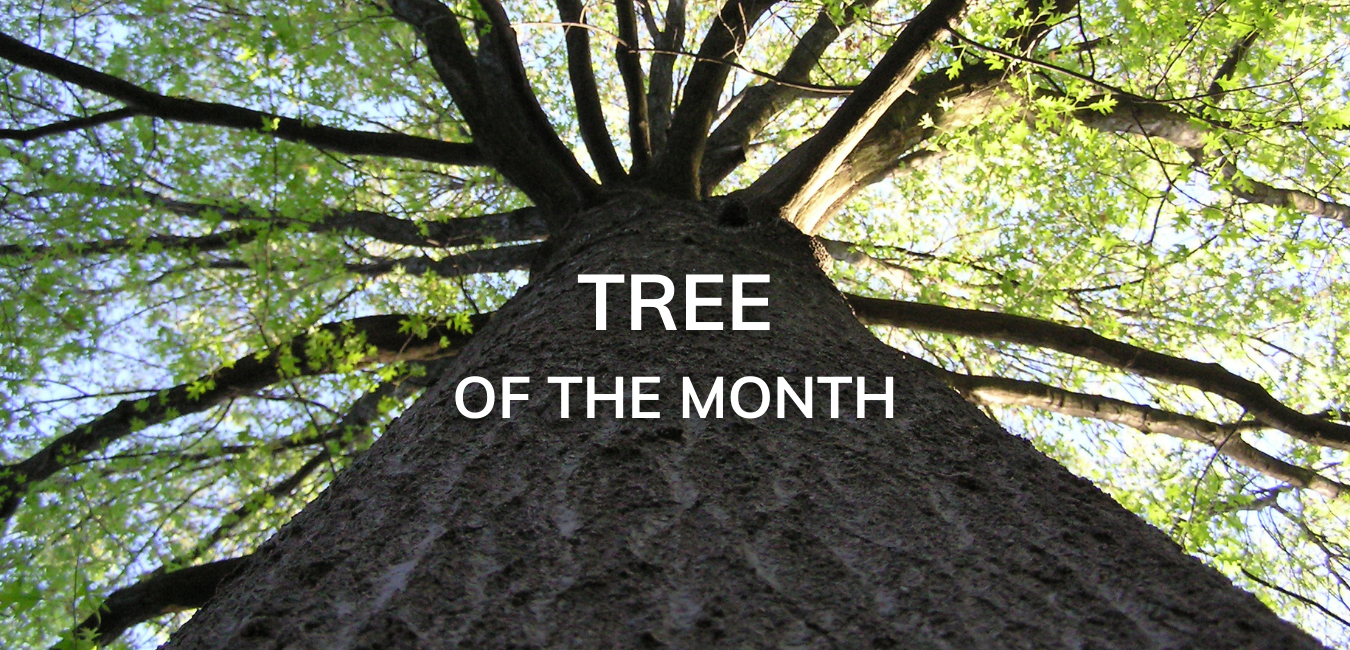
Photo by John M. Hagstrom 
Photo by John M. Hagstrom
Black Walnut is a beautiful deciduous hardwood tree found throughout Canada and the United States. The timber is highly valued for fine quality furniture, gunstocks and veneer. Animals value its large nuts, which they store in soil for winter. Humans use the nuts for dye. This tree has many uses – food and dye from the nuts, timber from the wood and shade from the leaves!
Black Walnut is a slow growing tree that generally grows to about 25 meters (75 feet), but in prime conditions can reach 100 meters (150 feet)! It has dark bark that looks cracked or tessellated and has huge leaves which are 1-2 feet long and made up of many leaflets. Leaflets look like small leaves that make up the large, compound leaf.
Its round nuts have a yellow-green husk, are 4-6 cm wide and contain a sweet, edible seed that is rich in oil. A black dye can be made from the husks, hence the name Black Walnut.
Want to plant one?
This species is an excellent shade tree that needs sunny, moist fertile sites. It has a deep tap root so choose a location carefully if you have underground pipes in your backyard.
While most native plants grow well close to black walnut trees, there are some whose growth can be affected by black walnut trees. Many plant species have been classified as either ‘”susceptible” or “tolerant” to the walnut family, a list that can be found here.
Just remember that this tree needs to be watered in order to grow a healthy root system and like any living thing, plenty of love.
Images Source
Hagstrom, M. John. Arbor Day Foundation. “Black Walnut”


